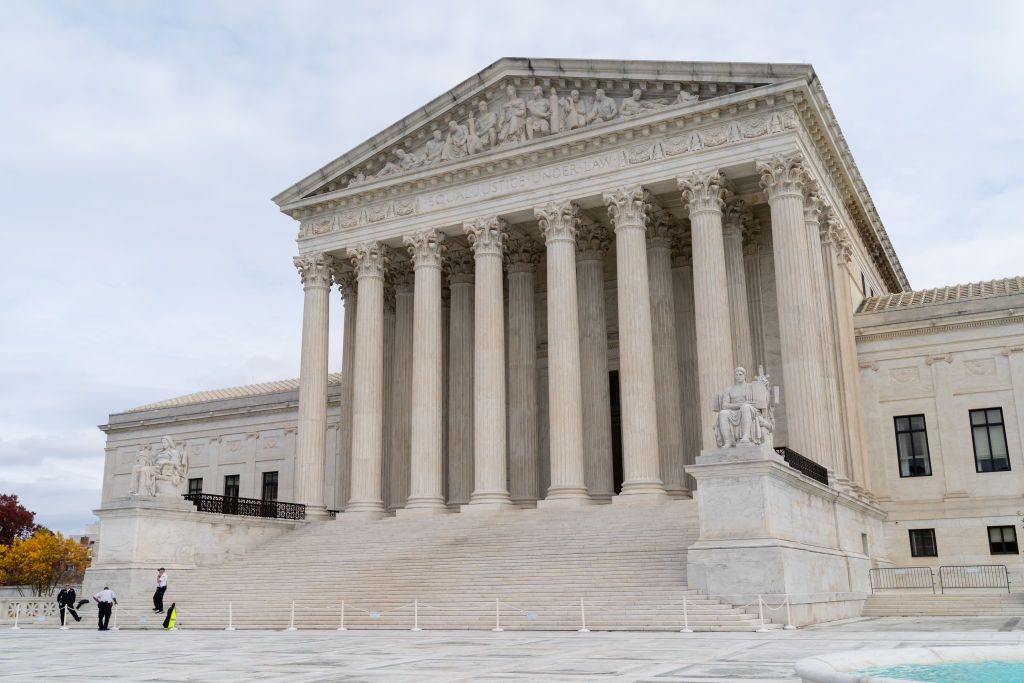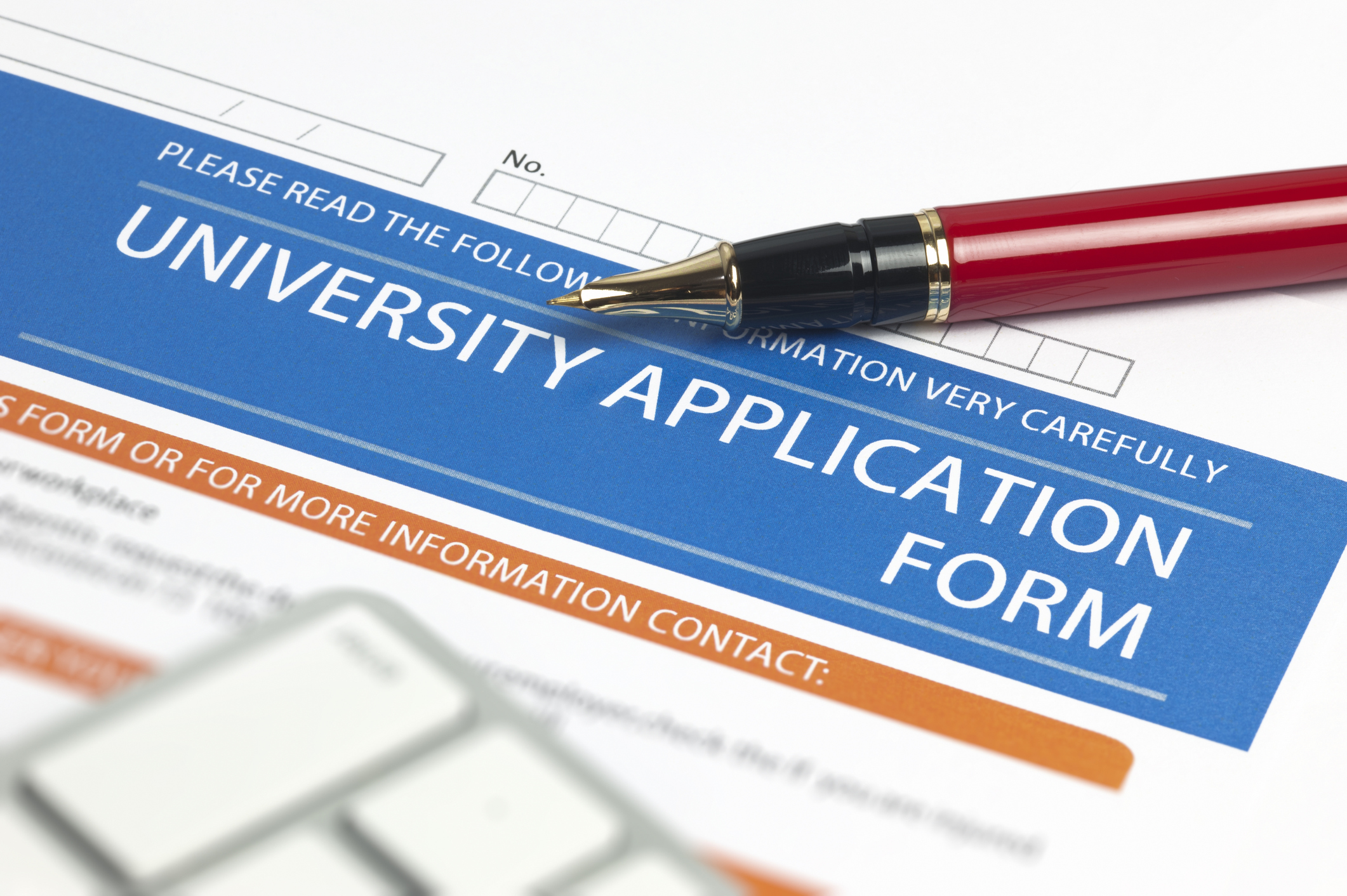Law, Medical School Diversity Grows Ahead of Affirmative Action Ban
Writer
Editor & Writer
Writer
Editor & Writer

- Minority enrollments at both law and medical schools have increased in recent years.
- The Supreme Court's decision to ban race-conscious admissions threatens to halt such progress.
- Experts in the legal and medical communities warn that eroding student diversity will have serious consequences for those professions and the nation.
In recent years, law and medical schools have become increasingly diverse, attracting more people of color seeking to enter these professions. That's the good news.
The bad news? Such progress promises to halt, at least temporarily, as professional schools adjust their admissions practices to align with the U.S. Supreme Court's ban on affirmative action.
Leaders in the legal and medical communities believe the court's decision will have serious consequences not only for their respective schools but also for the nation's welfare.
Law Schools Show Diversity Gains
Last fall's entering law school class comprised 40% students of color, according to a Law School Admission Council analysis of data provided by the American Bar Association (ABA). That's 1 percentage point higher than the previous year and marks the third straight year of diversity gains among the nation's law schools.
A decade ago, only about 28% of first-year law students were racial or ethnic minorities.
Despite such growth in student diversity, minorities in the legal profession remain underrepresented in the U.S. Only 19% of attorneys are minorities, compared to 40% of the overall population.
The class entering in fall 2024 might be markedly different, however. Following last June's Supreme Court decision banning race-conscious admissions, law schools can no longer consider race among the characteristics of applicants vetted through a holistic admissions process.
If history is any guide, student diversity should suffer. In the wake of statewide bans on affirmative action in California and Michigan, law schools at the University of California, Berkeley and the University of Michigan experienced dramatic declines among minority students.
At Berkeley Law, the percentage of Hispanic, Black, and Native American first-year students dropped from 19% in 1996, when Proposition 209 went into effect, to less than 6% the next year.
Similarly, in Michigan, after the adoption of Proposition 2 in 2005, Michigan Law School saw its enrollment of those minority student populations decline from 17% to 9% by 2008.
"It really dealt us a powerful blow," Sarah Zearfoss, Michigan Law School's senior assistant dean, told Reuters. "The story of these intervening 16 years has been slowly, slowly trying to come back to where we were before we had to go race-blind."
And those numbers have indeed rebounded in California and Michigan due to concerted efforts to recruit a diverse pool of applicants. Pipeline programs for minority college students help attract potential students to legal education, and admissions offices pay closer attention to applicants who are low-income and first-generation students.
Today, 57% of Berkeley Law's class of 2026 are students of color, while Michigan Law's corresponding figure for its class of 2025 is 46%.
Yet these isolated cases may not prove predictive across higher education. Although California and Michigan, along with a handful of other states, banned affirmative action, the pool of prospective minority students from around the country has remained largely unaffected. Now, with race-conscious admissions deemed unconstitutional, that pool promises to shrink.
"If the undergraduate population becomes very white, that's the only thing we have to work with," Zearfoss said.
That could have deleterious long-term effects, experts argue. In its amicus brief submitted ahead of oral arguments for Students for Fair Admissions v. Harvard, the landmark case that ultimately toppled affirmative action, the ABA warned that eliminating race-conscious admissions policies would "inflict great harm on the legal profession and the nation."
The brief referenced the "considerable evidence that the decisions of and actions by lawyers today are influenced by implicit bias and stereotypes that contribute to the denial of equal justice under the law." Future lawyers trained in a diverse environment, the ABA concluded, are far less likely to fall victim to those biases.
On the heels of the court's ruling in that case, ABA President Deborah Enix-Ross issued a statement reaffirming the importance of maintaining diversity within law schools and the legal profession.
"We believe it is imperative that colleges, universities, and state legislatures find alternative ways to create a diverse and talented student body," Enix-Ross said. "Law schools are training grounds for lawyers and play an important role to ensure a diverse bench and bar, which are critical to minimizing implicit bias and inspiring greater public faith in the rule of law."
Medical Schools Face Similar Challenges
The situation remains quite similar for medical schools.
As with law schools, student diversity within medical schools has grown in recent years.
In 2022, for instance, the number of Black students increased by 9% over the previous year, while the Hispanic student population grew by 4%. And in 2023, the number of Hispanic and Native American students grew by 4.5% and 14.7%, respectively.
Since 2016, in fact, medical schools have seen considerable increases among Black (30% growth), Hispanic (32%) and Native American (33%) students.
And as with law schools, that progress is now threatened by the court's ruling on race-conscious admissions.
Again, California offers an instructive case study. In 1993, before Proposition 209 banned affirmative action, in-state minority students constituted 22.5% of students accepted to the state's medical schools. In 1997, the year after the ban passed, that figure fell to 15.1%.
Diversity matters in healthcare, experts say, improving access to care and health outcomes, especially among people of color. Minority physicians are more likely to work in medically underserved communities, where patients often face cultural and linguistic barriers.
Yet as of 2018, only 5% of physicians were Black, and 5.8% were Hispanic.
In its amicus brief for the SFFA v. Harvard case, the American Medical Association (AMA) exhorted that within the healthcare professions, racial and ethnic diversity is "not merely an abstract goal, but a medical imperative."
Following the court's ruling, the AMA issued a stern warning about the future of healthcare.
"Today's decision by the U.S. Supreme Court undermines decades of progress centered on the educational value of diversity and will reverse gains made in the battle against health inequities," said AMA's president, Jesse M. Ehrenfeld, in a statement. … "This ruling is bad for health care, bad for medicine, and undermines the health of our nation."
Time will tell how that ruling will affect minority enrollments within these professional schools and, more broadly, within the professions themselves. Admissions officers at both law and medical schools, like their counterparts at undergraduate colleges, have become more attuned to the importance of the personal essay, which gives applicants an opportunity to discuss their racial and ethnic backgrounds as context for the challenges they've encountered and overcome.
When new enrollment figures come out for the classes entering next fall, we'll have our first look at what the court's decision has wrought.
















